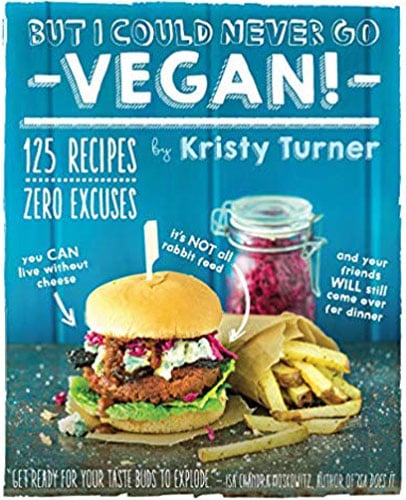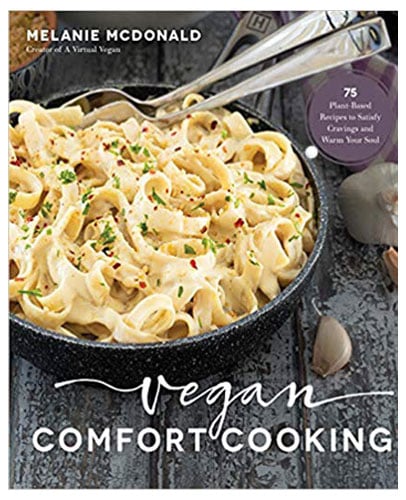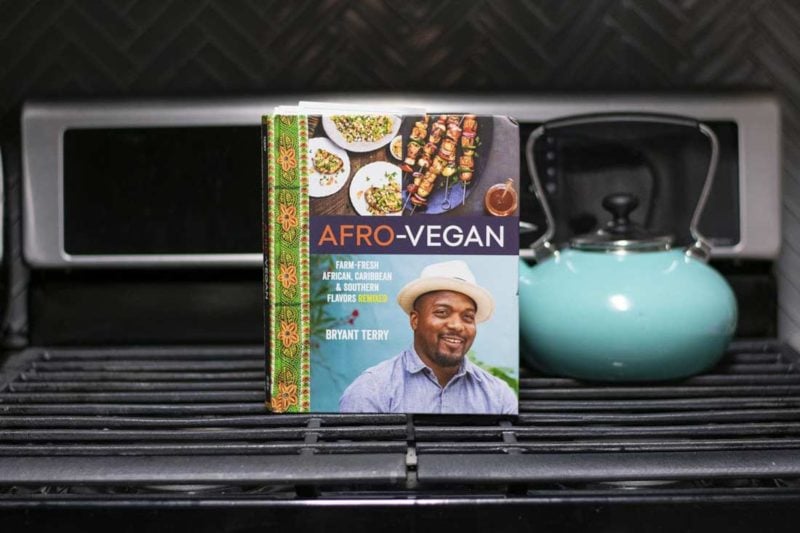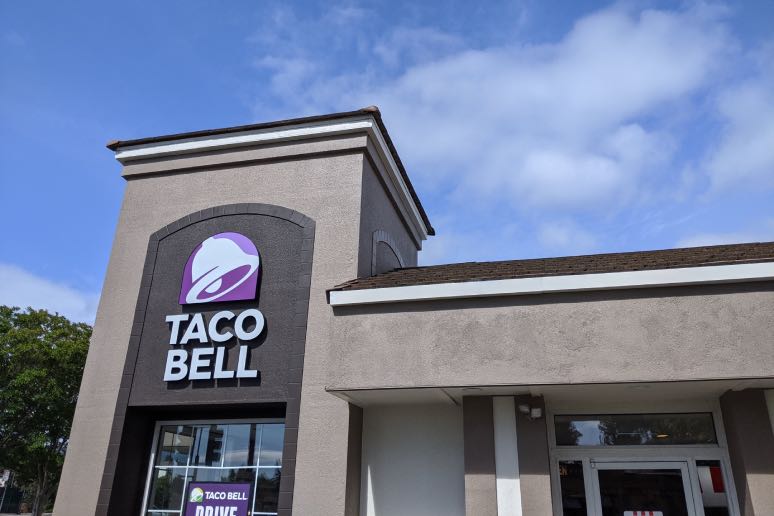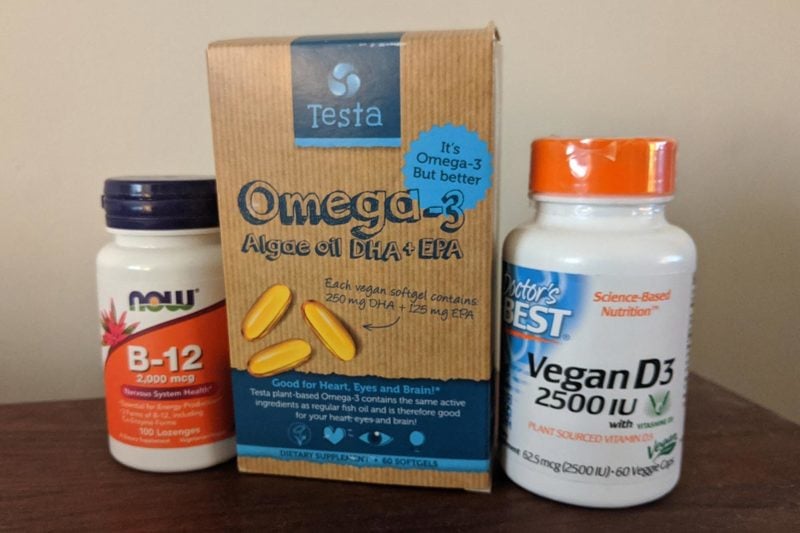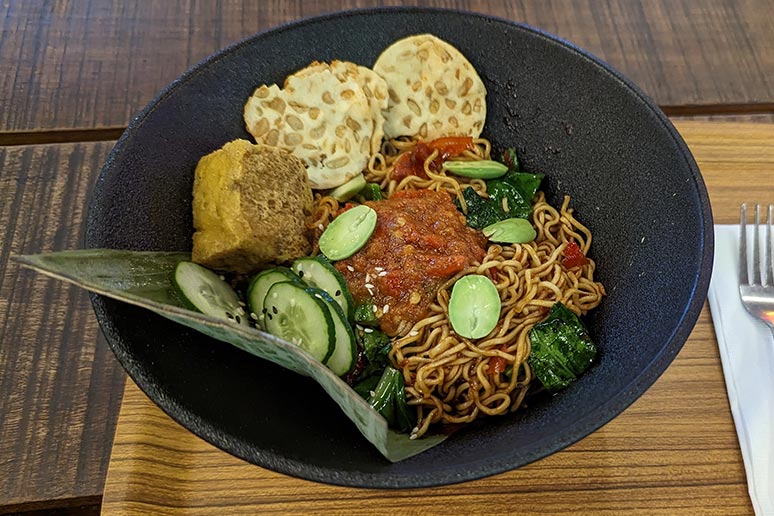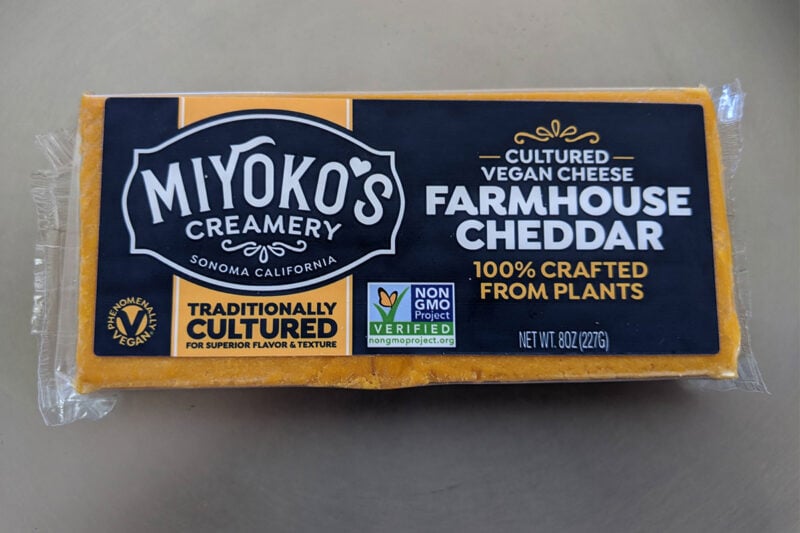Appendix A
Advanced Activism
Given sufficient commitment, it’s possible for one person to keep millions and millions of animals out of the slaughterhouse by following the advice offered in the final chapter of this book. That said, some people will want to take on more complex and demanding activist opportunities. So this appendix is intended to offer guidance to activists who are seeking out tougher challenges and even bigger rewards.
But please know that unless you feel a calling to become deeply involved in animal protection work, there’s no need to follow any of the advice presented here. You can accomplish enormous good for the animals without going beyond any of the advice I offered in this book’s final chapter.
With that caveat out of the way, my advice for advanced activism boils down to three overarching tasks. First, you will need to become an expert in topics related to vegetarianism and animal protection. Second, you must identify people who carry great influence on how others eat. And third, you’ll then develop relationships with these people, so that they’ll depend on you to keep them informed about vegan topics.
Developing Expertise
The process of developing expertise begins by reading heavily. And here, you’ll encounter your first hazard, since many of the books in the vegetarian literature are loaded with misinformation. To help you clear that initial obstacle, I’ve hand-picked several of the most accurate titles for this book’s recommended reading section (see Appendix B).
The reading you do shouldn’t be limited to books; blogs are another great place to stay informed about vegan-oriented news. I update the Vegan.com blog throughout the week, and you can discover numerous other blogs and online sources that regularly feature important information.
Becoming widely read in the vegetarian literature is the easy part of developing your expertise. The harder part involves learning how to evaluate competing claims, and to assess the accuracy of a book, scientific report, or article. Difficult as it is to develop, this ability is absolutely necessary for anyone who aspires to be considered an expert in a given field. There’s no need to become an expert in order to do basic activism like adopting a college—your job is merely to share quality information, and you can rely on the fine people at Vegan Outreach to make sure this information is carefully researched and overwhelmingly accurate. But once you seek expert status, the burden of analyzing the accuracy of the information you read falls on your shoulders. Having the ability to discriminate between reliable and unreliable information is key, since when you pass along information that turns out to be false, you lose credibility—and, as an expert, your credibility is all you have.
So it’s critical that you develop your analytical skills. Here, people with a background in science or law have a big head start. Success in these fields demands cultivating a skeptical disposition, and knowing how to probe a given claim for weaknesses.
One way or another, whether through professional training or through cultivating your own analytical skills, every expert needs a reliable B.S. detector. The key to seeing through bad information is to learn how to ask questions that reveal a claim’s credibility.
The first question to ask is, “who is making this claim and why should I trust them?” A fact reported by The New York Times may be incorrect, but it’s nevertheless far more likely to be true than something published by a small-town newspaper with extreme political views.
Some information sources are far more reliable than even the best newspapers. If you’ve found a study published by the United Nations or The New England Journal of Medicine, you’ve got a great source. Better still is a review article, published by a prestigious journal, that references a hundred reputable studies that have all reported the same thing. By contrast, a blog entry claiming that milk is poison, but which does not offer a citation for this claim, is not a reputable source.
Finally, on even minor points, you must always ask: does the claim itself seem reasonable? Lacking solid documentation, you’ve got to ask if a given piece of information passes the sniff test. If an item doesn’t seem like it could be true, and there’s no strong evidence supporting it, you’re best off assuming it’s false.
Identifying and Befriending Opinion Leaders
Once you’ve developed your expertise, how do you put it to use?
In a perfect world, you could snap your fingers and gain a huge following of people who would hang on your every word. But attracting a large and faithful audience is a daunting task, whereas gaining the attention of one person with great influence is comparatively easy. People with great influence are called opinion leaders—just one opinion leader can inspire large numbers of people to rethink their opinions and behavior. When an opinion leader takes an interest in your work, the gains are potentially massive. Let me tell a couple quick stories to illustrate this point. As you’ll see, there are many kinds of opinion leaders and many ways to get their attention.
The Blogger
The first story I’ll share involves a connection I personally formed with an opinion leader. My blog at Vegan.com is currently small potatoes; if I post something there only a few thousand people will see it. But every once in a while I’ll encounter a story that I think deserves to be seen by millions. This will of course never happen if all I do is post the story to Vegan.com.
Happily, I’ve gradually gained the attention of a contributor to one of the top blogs on the web, BoingBoing.net, which gets millions of visitors each day. Mark Frauenfelder is not a vegan, but I love the stories he posts, and over time I’ve developed a precise feel for the topics that grab his interest.
Every once in a while, a pro-vegan or anti-meat story comes along that has a compelling hook, one that I know would interest Mark. On those occasions, I’ll write up the story for Vegan.com, and then follow up this post with a very brief email to Mark. Because I follow Mark’s work closely, I’m able to reliably anticipate the sorts of stories that capture his interest. As a consequence, most of the times I send Mark a story he decides to run it.
There are three keys to my successful relationship with Mark. The first key is that I am an expert in a subject that is of interest to him. The second key is that I pay attention to Mark’s work, so that I know the sorts of things that he finds most interesting. And the third key is the most important of all: the restraint I bring to our relationship.
Mark is a busy guy, and as one of the world’s most influential bloggers he’s got plenty of people who compete for his attention. So I have to exercise the utmost restraint when it comes to contacting him. Every day, I see stories that might interest Mark. But might is nowhere near good enough. Email is an interruption-based form of communication, and if you interrupt somebody the payback to them better be worthwhile. If not, your relationship erodes with each new interruption, and your recipient will quickly reach the point where he’ll ignore all of your emails.
So I only email Mark on the rarest of occasions, maybe a half-dozen times each year, and only when I’ve found a story I’m certain will interest him. Because of the restraint I show when it comes to contacting Mark, he knows that each of the very rare emails he receives from me contains something of genuine interest.
And that, in a nutshell, is how you turn yourself into an opinion leader’s trusted source. That person might be a successful blogger, a business leader, or a reporter—it doesn’t matter; the steps to gaining and holding an opinion leader’s attention are the same.
The Business Leader
In 2001, lauren Ornelas was working with a nonprofit that was trying to convince Whole Foods Market to stop selling duck meat sourced from factory farms. Her initial efforts produced discouraging results, but by attending a company shareholder meeting Ornelas finally succeeded at establishing a line of communication to the CEO, John Mackey.
Their dialog began with Ornelas questioning whether Whole Foods’ animal welfare standards were meaningful, and she challenged Mackey to learn more about the issues. Mackey was impressed by Ornelas’ passion for animal protection, so he took the initiative to read a number of books related to factory farming and veganism.
After completing this reading, Mackey switched to a near-vegan diet. He then embarked on a series of initiatives that raised the animal welfare standards at Whole Foods Market substantially above those of any competing supermarket chain. Mackey describes Ornelas as the spark that helped him to go vegan and make animal welfare issues a personal concern.
Just as we saw regarding my interactions with Mark Frauenfelder, Ornelas’ story shows what opening a dialog with the right person can accomplish. By being informed, respectful, and offering a concisely stated message that relates to your recipient’s personal interests, it’s possible to get highly influential people to do things that dramatically advance the vegan cause.
Social Networking
I’m going to finish this appendix by briefly covering the activism topic that currently interests me most: Internet-based social networking. This is a subject that’s so new, and changing so rapidly, that I can only offer a few specific pieces of advice. But the appeal is undeniable. Social networking websites have the ability to put you in communication with countless people who share your interests, in effect handing you the tools to become a virtual opinion leader.
I won’t pretend to understand all the ways these sites can be used for the sake of protecting animals, but there are several simple and obvious things that anyone can do. The first is to put veggie-oriented information on your MySpace and Facebook pages. This information can include books you recommend, photos that are of interest, relevant websites, and finally some quotes or statistics about the subject.
Always strive to distill your points to their essence. On your main MySpace page, it’s better to put up two great photos than twenty, and five worthwhile books and websites rather than fifty. There’s probably nothing more ineffective than a page that takes five minutes to load because it’s overrun with photos, random images, and video. Sadly, perhaps half the MySpace users I’ve encountered who are committed to activism choke off the effectiveness of their page by crowding it, willy-nilly, with too many images and too much information. Discipline and restraint carry the day when creating an effective vegan-oriented social networking profile.
So, your first priority is to make sure your personal social networking pages concisely present the most relevant vegetarian-oriented information. With that accomplished, you can use status updates to announce news or recipes that you find of interest. Here again, restraint pays off—update your Facebook status too often and people will stop paying attention to you.
Finally, you can use social networking services like Twitter, Digg, and StumbleUpon to highlight stories you want people in your circle to know about. Using these services effectively can be a challenge, since each has its own special tricks for gaining influence within its community. But one simple technique delivers big payoffs on all these services: you’ve got to find and add friends who share your interests so that you can co-promote one anothers’ most interesting posts.
Using social networking tools to gain influence is hard work. The websites are often complex and evolving, and so there are few clearly-defined ways for a newcomer to gain influence. Yet by frequenting these online communities and paying attention to what its most influential members do, it’s possible to glimpse strategies that will enable you to reach large numbers of people.
It’s fun to play around with social networking sites to look for ways your activism can hit a home run. But until you get your big break, you’re best off spending most of your time using the tried-and-true activist techniques presented in this book’s final chapter.
Next: Appendix B: Books, Websites, & Nonprofits
Return to: Table of Contents
Get the updated second edition of this book on Kindle for just 99 cents, or in paperback for $8.95.
This page and The Ultimate Vegan Guide is Copyright 2010 by Erik Marcus, all rights reserved. My writing is my sole means of support, so please don’t abuse the generosity I’ve shown in making the full text of this book freely available from Vegan.com. Posting the text of this book to other websites, and copying or distributing it through other means, is strictly prohibited.


